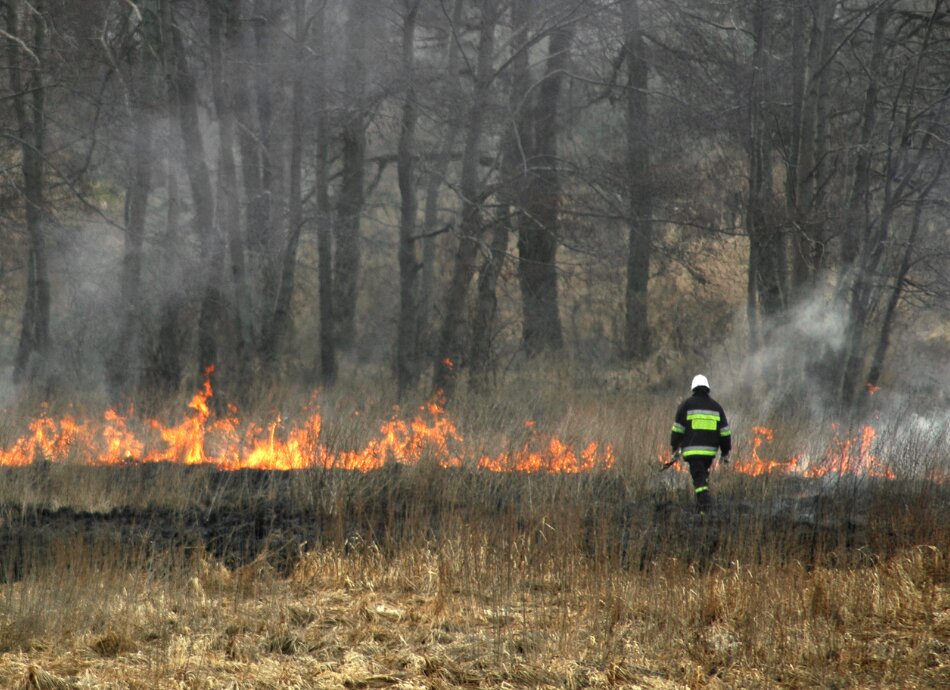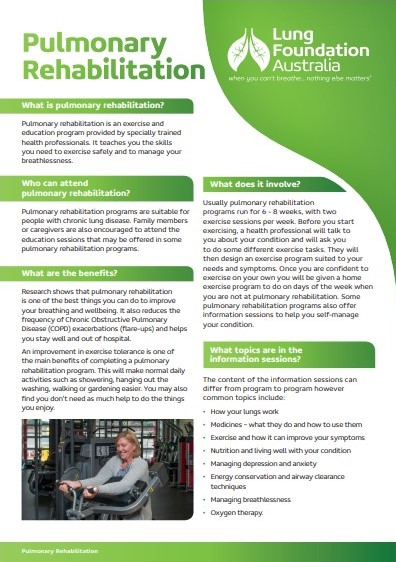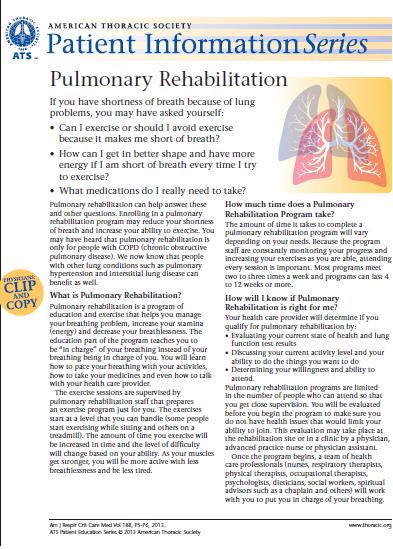Treatment of RADS depends on whether it is acute or chronic.
If you have developed any of the symptoms above within 24 hours of exposure to an irritant, you should contact your GP or go to the nearest emergency department immediately. Asthma medicines such as bronchodilators or inhaled corticosteroids are given in an acute situation.
As symptoms of RADS can last for months or years, for long-term management of the condition, it is helpful to seek a referral to a pulmonologist or respiratory specialist who is familiar with RADS for treatment advice.
Treatment for persistent symptoms is mainly avoidance of exposure to irritants, including those that triggered RADS, cigarette smoke and any other substances that you have allergy reactions to that are not related to RADS.
Medicines such as bronchodilators and inhaled corticosteroids may also be needed to treat asthma-like symptoms, following the Global Initiative for Asthma (GINA) step-wise method of using a low dose that is increased or decreased as needed.
If you were exposed to irritants in your workplace, you can safely return to work as long as your symptoms are well controlled and safety measures are taken to avoid high level of exposure to irritants.








